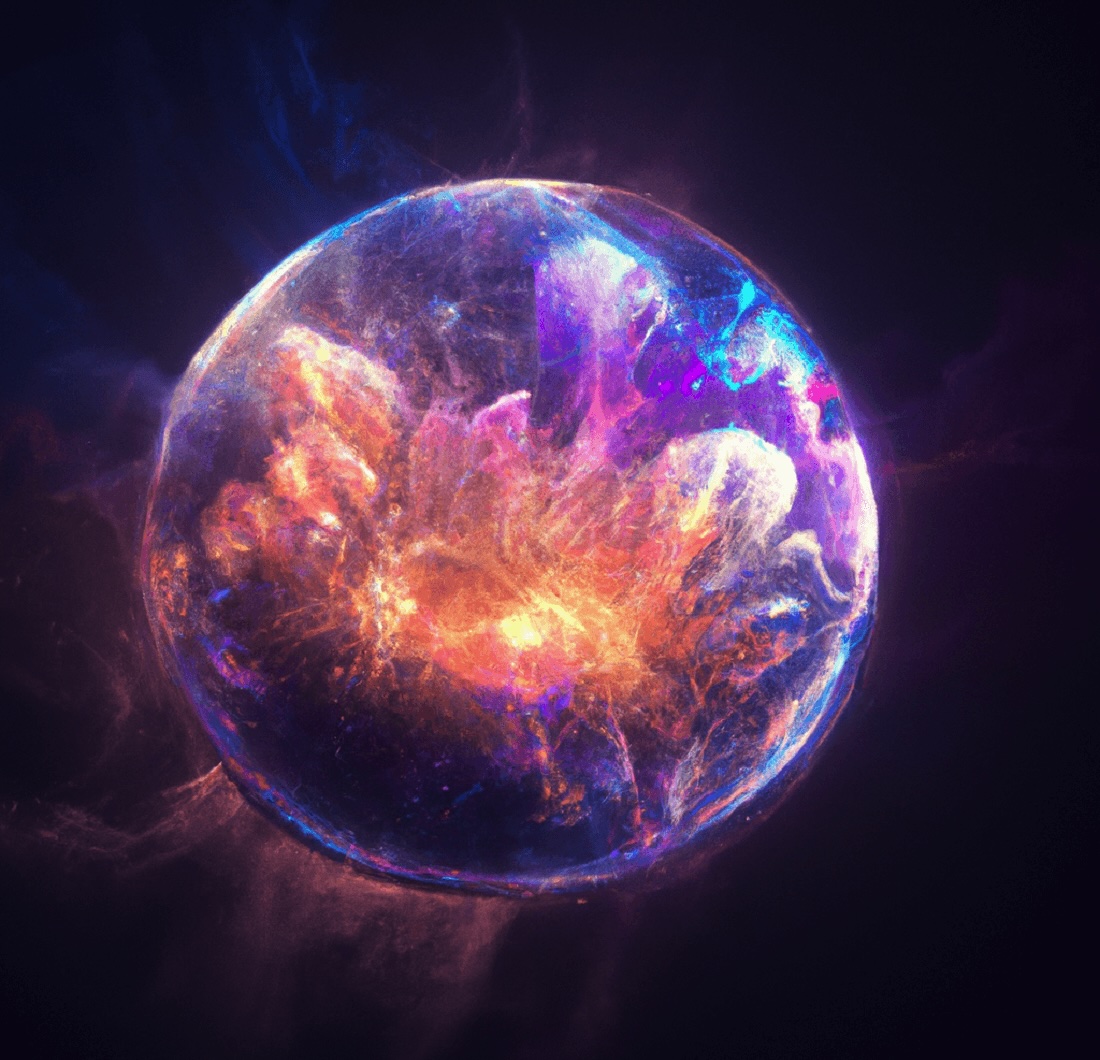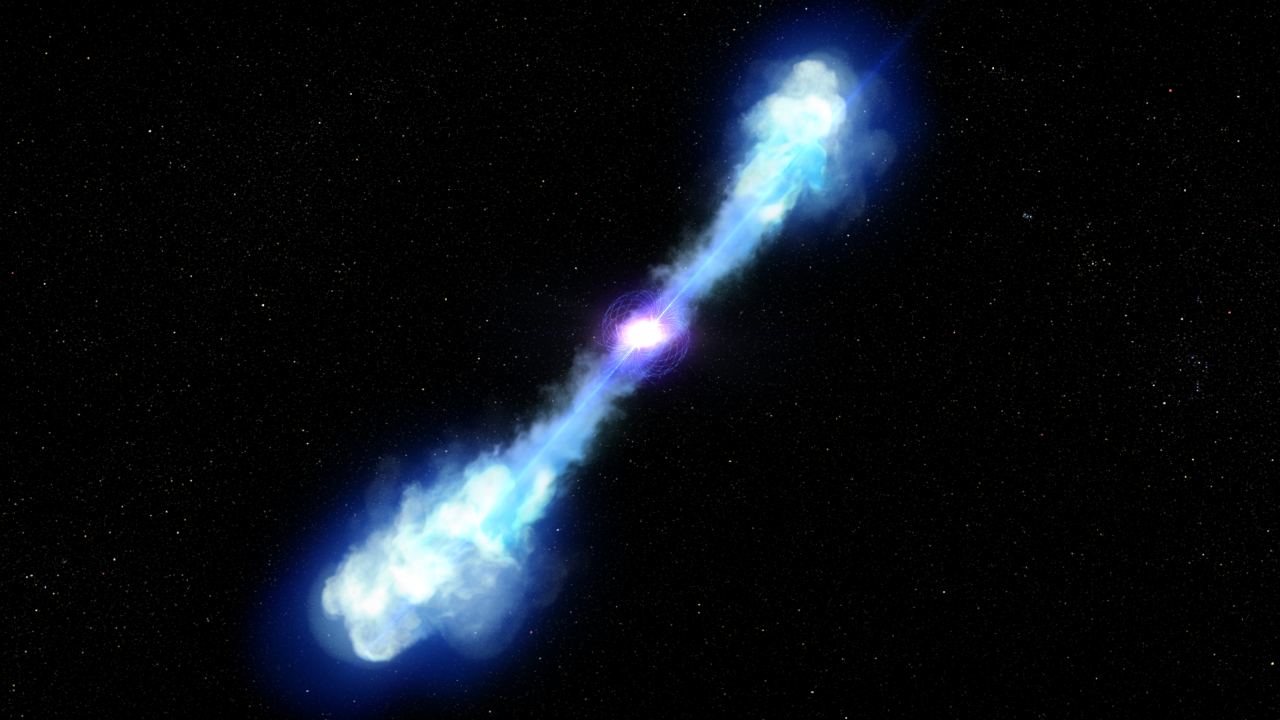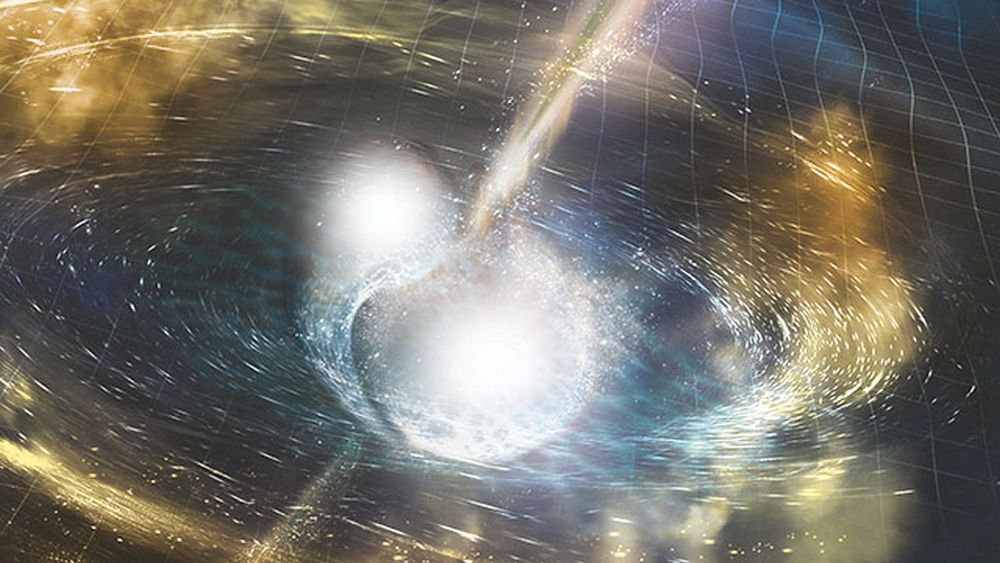It’s a classic statement shared at many public outreach events…’we are made of stardust’. It is true enough that the human body is mostly water with some other elelments like carbon which are formed inside stars just like the Sun. It’s not just common elements like carbon though for we also have slighly more rare elements like iodine and bromine. They don’t form in normal stars but instead are generated in collisions between neutron stars! It poses an interesting question, without the neutron star merger event; ‘would we exist?’
Continue reading “Could We Live Without Kilonovae?”When Neutron Stars Collide, the Explosion is Perfectly Spherical
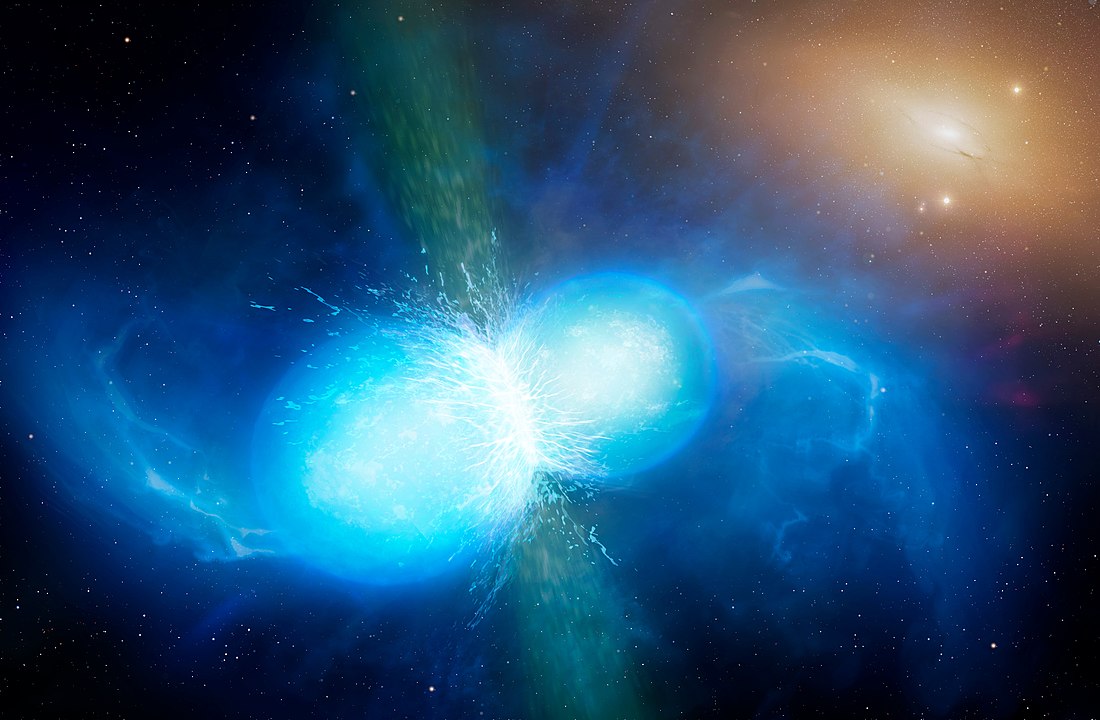
Kilonovae are incredibly powerful explosions. Whereas regular supernovae occur when two white dwarfs collide, or the core of a massive star collapses into a neutron star, kilonovae occur when two neutron stars collide. You would think that neutron star collisions would produce explosions with all sorts of strange shapes depending on the angle and speed of the collisions, but new research shows kilonovae are very spherical, and this has some serious implications for cosmology.
Continue reading “When Neutron Stars Collide, the Explosion is Perfectly Spherical”This Binary System is Destined to Become a Kilonova
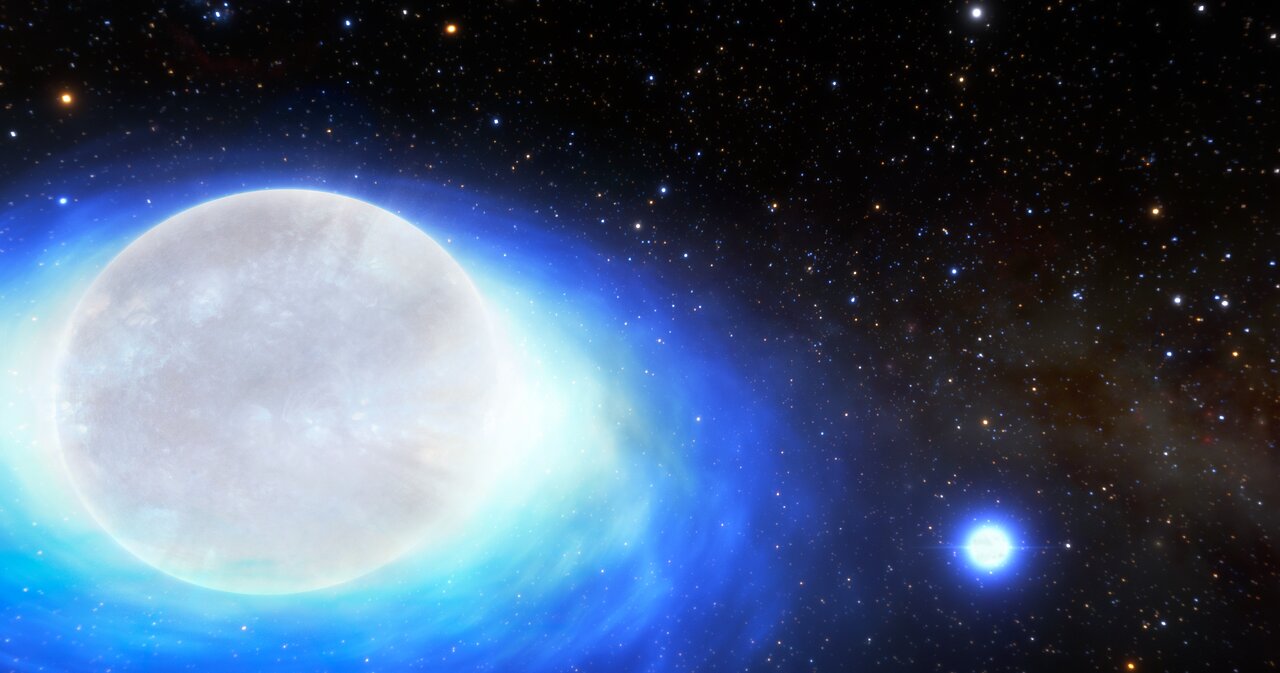
Kilonovae are extraordinarily rare. Astronomers think there are only about 10 of them in the Milky Way. But they’re extraordinarily powerful and produce heavy elements like uranium, thorium, and gold.
Usually, astronomers spot them after they’ve merged and emitted powerful gamma-ray bursts (GRBs.) But astronomers using the SMARTS telescope say they’ve spotted a kilonova progenitor for the first time.
Continue reading “This Binary System is Destined to Become a Kilonova”Colliding Neutron Stars can Generate Long Gamma-ray Bursts
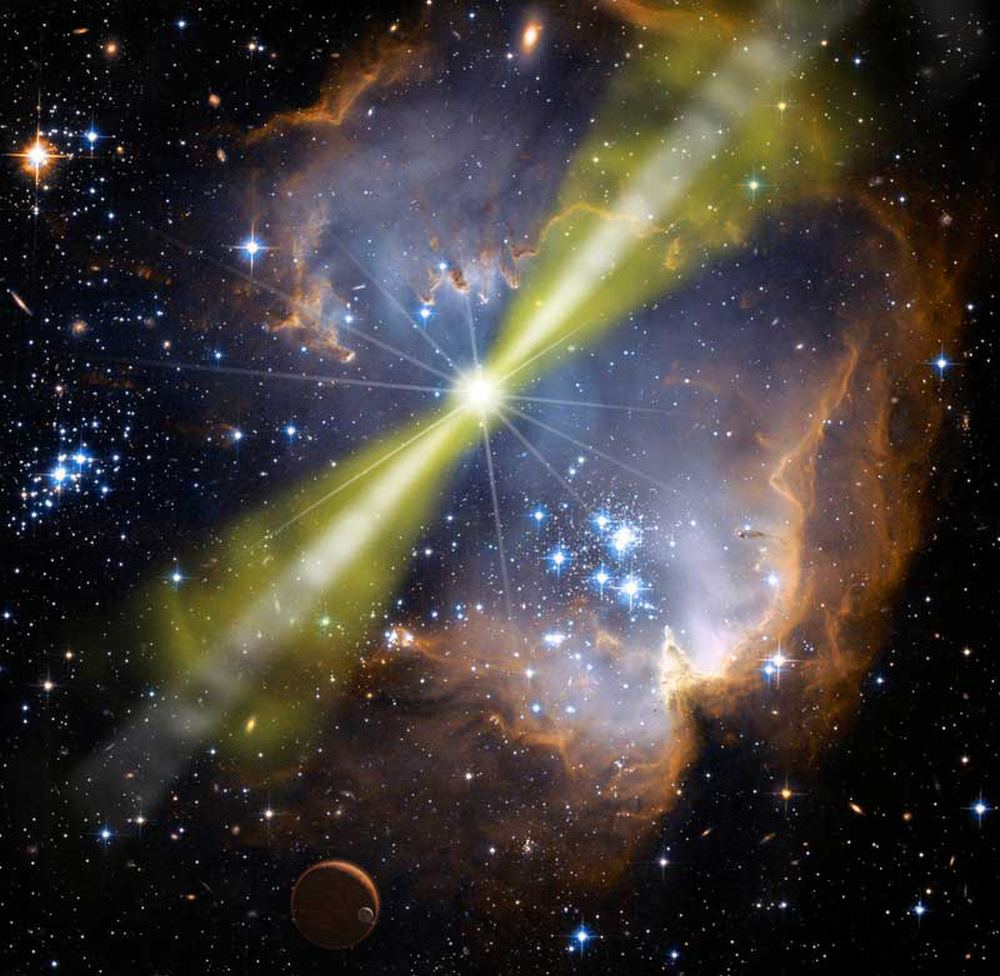
Gamma-Ray Bursts (GRBs) are the most energetic recurring events in the Universe. Only the Big Bang was more energetic, and it was a singularity. Astronomers see GRBs in distant Universes, and a lot of research has gone into understanding them and what causes them.
A new paper is upending some of what scientists thought they knew about these extraordinary explosions.
Continue reading “Colliding Neutron Stars can Generate Long Gamma-ray Bursts”Astronomers Find a Star That Contains 65 Different Elements

Have you ever held a chunk of gold in your hand? Not a little piece of jewelry, but an ounce or more? If you have, you can almost immediately understand what drives humans to want to possess it and know where it comes from.
We know that gold comes from stars. All stars are comprised primarily of hydrogen and helium. But they contain other elements, which astrophysicists refer to as a star’s metallicity. Our Sun has a high metallicity and contains 67 different elements, including about 2.5 trillion tons of gold.
Now astronomers have found a distant star that contains 65 elements, the most ever detected in another star. Gold is among them.
Continue reading “Astronomers Find a Star That Contains 65 Different Elements”Astronomers think they’ve seen a magnetar form for the first time; the collision of two neutron stars
A magnetar is a neutron star with a magnetic field thousands of times more powerful than those of typical neutron stars. Their fields are so strong that they can generate powerful, short-duration events such as soft gamma repeaters and fast radio bursts. While we have learned quite a bit about magnetars in recent years, we still don’t understand how neutron stars can form such intense magnetic fields. But that could soon change thanks to a new study.
Continue reading “Astronomers think they’ve seen a magnetar form for the first time; the collision of two neutron stars”Neutron stars of different masses can make a real mess when they collide
When neutron stars collide, they go out with a tremendous bang, fueling an explosion up to a thousand times more powerful than a supernova. But sometimes they go out with a whimper, and a recent suite of simulations is showing why: they turn into a black hole.
Continue reading “Neutron stars of different masses can make a real mess when they collide”
